CrossCurrents Library
Featured Collections
Topics

Research demonstrates that in a typical college classroom, most teachers pose a question and then wait less than one second for students to respond. As you might imagine, there are significant challenges with this practice. Allowing students such a short processing time almost guarantees you will not receive carefully thought out responses. It also promotes a classroom dynamic in which

Teachers and students alike know that lectures can be boring. The following quip, widely attributed to Albert Camus, elegantly captures this sentiment; “Some people talk in their sleep. Lecturers talk while other people sleep.” Yet we – and students – have also experienced situations in which we sat mesmerized as we listened to an exceptionally captivating lecturer. While few of

Designing effective online discussion boards can be a challenge. While some discussion boards can be fruitful grounds for conversation, others fall flat and feel forced and stale. The design of the board is critical to ensuring a successful online conversation. During the design process, we encourage you to consider the following questions. 1. What learning goal do you want students

Inclusive teaching is not easy. It means digging deeper into why imbalances in participation, success, and completion exist. To adopt inclusive pedagogy, instructors necessarily engage in examining their own bias and awareness. In this article, we consider our responsibility, as educators, to practice inclusive teaching, and cover various techniques and methods for doing so.
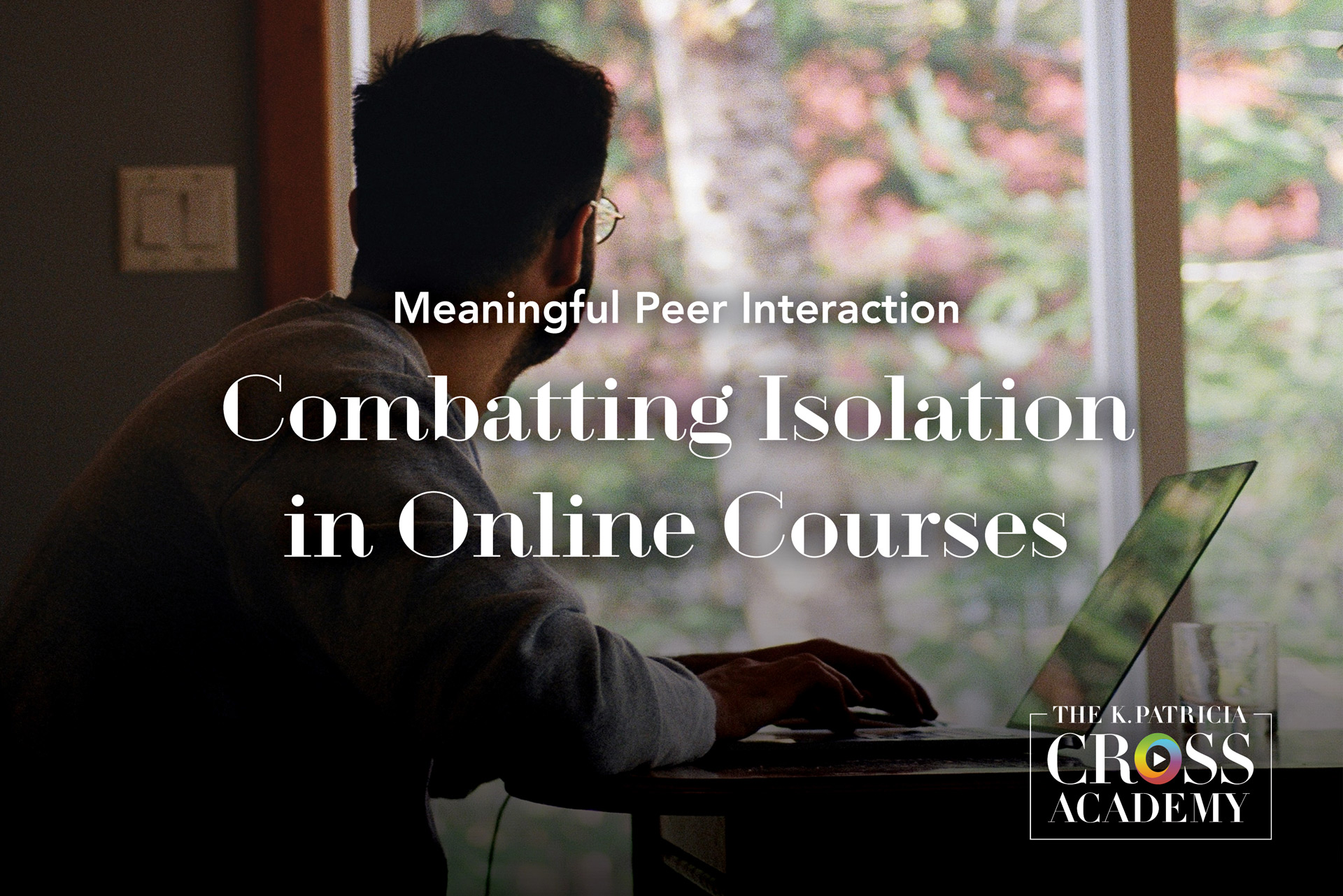
It’s common knowledge for any educator who has taught online that it can be a significant challenge for students who are learning online to develop feelings of connection with their peers and teacher. Feelings of isolation when learning online have been around for as long as online learning has existed. In this article, we examine three key ways to combat that sense of isolation and encourage meaningful peer interaction.
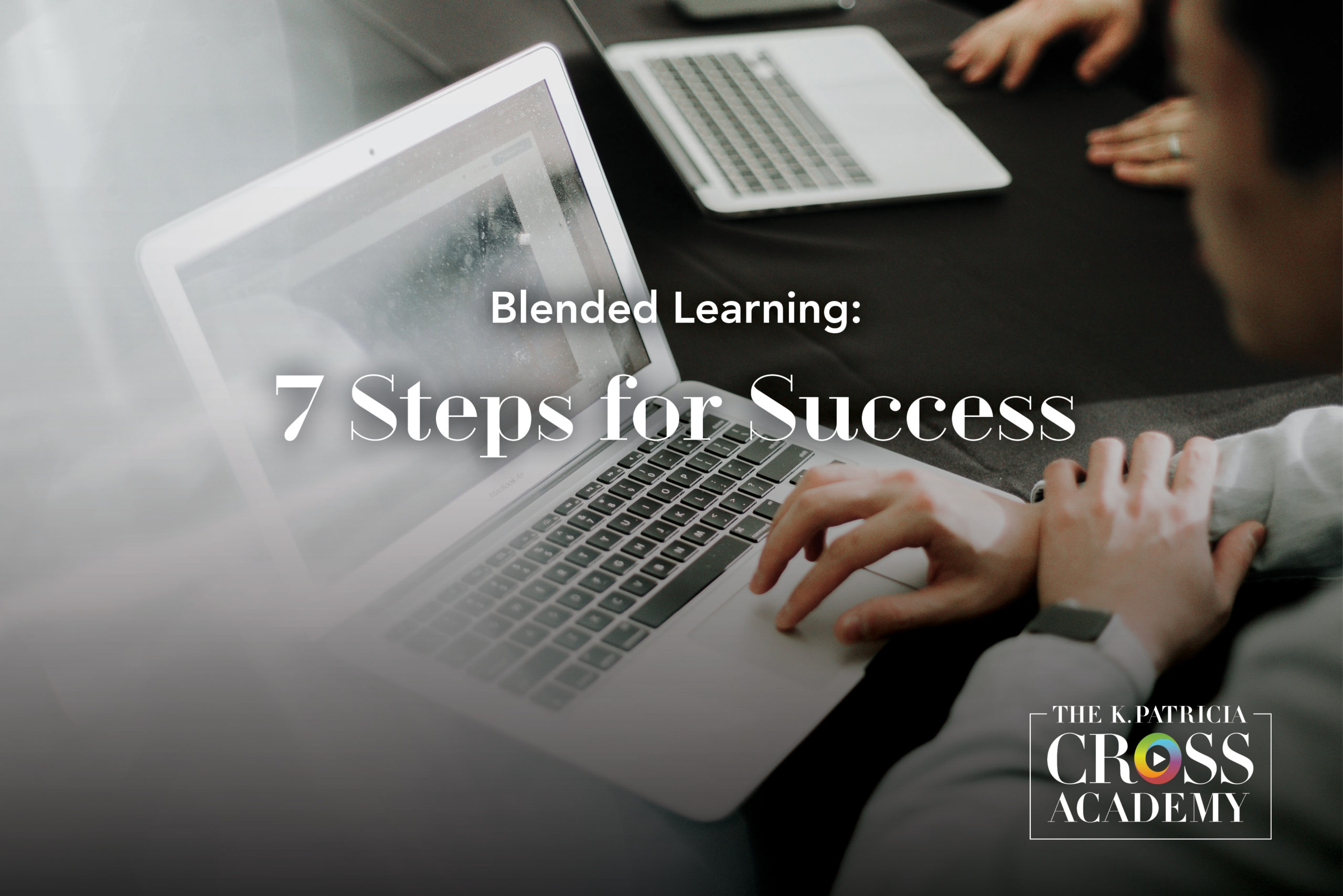
As colleges and universities look for new ways to improve both student learning and the student experience, blended courses are becoming increasingly common. A combination of onsite and online instruction, there is no single approach to blended learning. With any definition, the key to blended learning is the combination of onsite and online instruction. Educators in different geographic regions have

Months of lectures, activities, group projects, quizzes, readings, and more typically culminate in an end-of-term evaluation. It may be tempting to slip into the default “review for final exam” mode as a term comes to a close as tests can be worthwhile for student learning and retention (see 8 Benefits of Frequent Quizzing and Testing.) However, final projects can prove
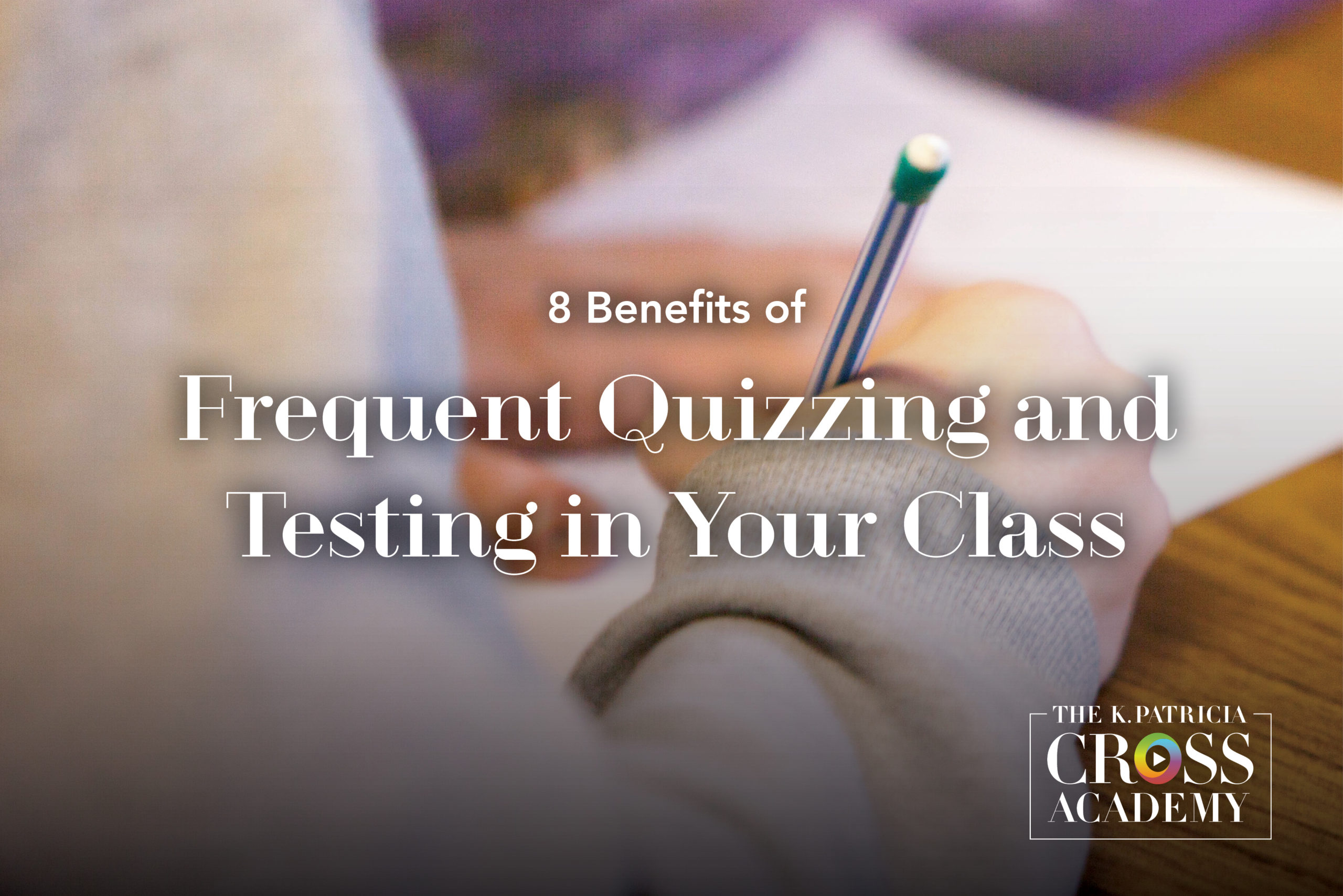
Few things strike fear in the hearts of students as much as tests, especially when knowing they will be used for summative assessment. Test anxiety aside, quizzes and tests can actually help students learn course content. Research demonstrates that the testing effect, which is sometimes called test-enhanced learning or retrieval practice, has a greater impact on student learning than simply

We write for many different reasons. Blogging, reporting, journaling, playwriting, scientific writing, opinion writing, recipe writing, songwriting, creative writing, writing for social media—the list of examples could go on and on. Even texting or emailing with friends and family is a near-constant form of writing we may take for granted. Writing is a form of expression, but it can also
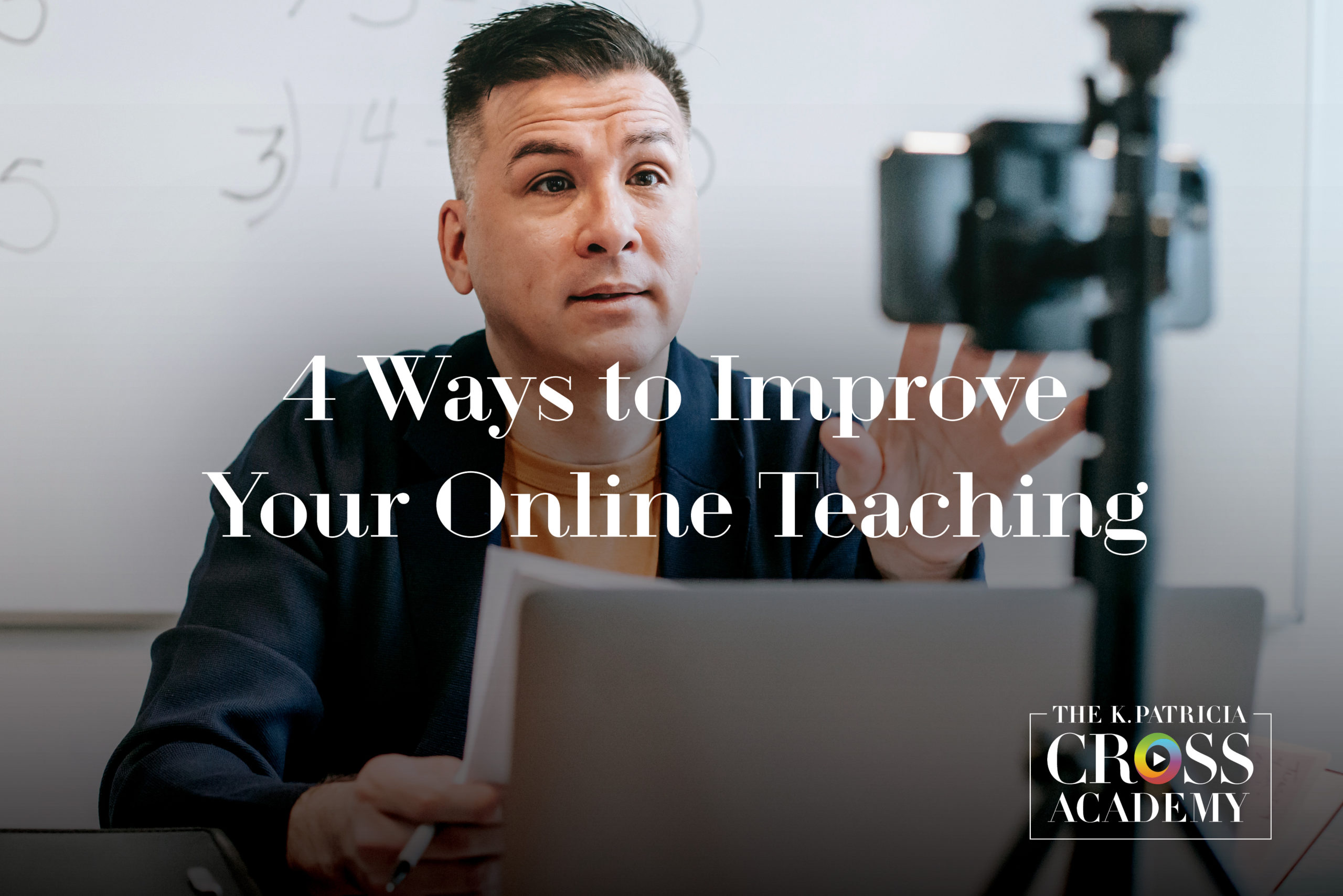
At the K. Patricia Cross Academy, our mission is to support faculty with easily accessible online teaching resources. As instruction is increasingly accomplished in an online environment, this edition of CrossCurrents is focused on highlighting some of the previous resources we’ve made available to instructors to aid in their development of successful, high-impact approaches to online teaching.
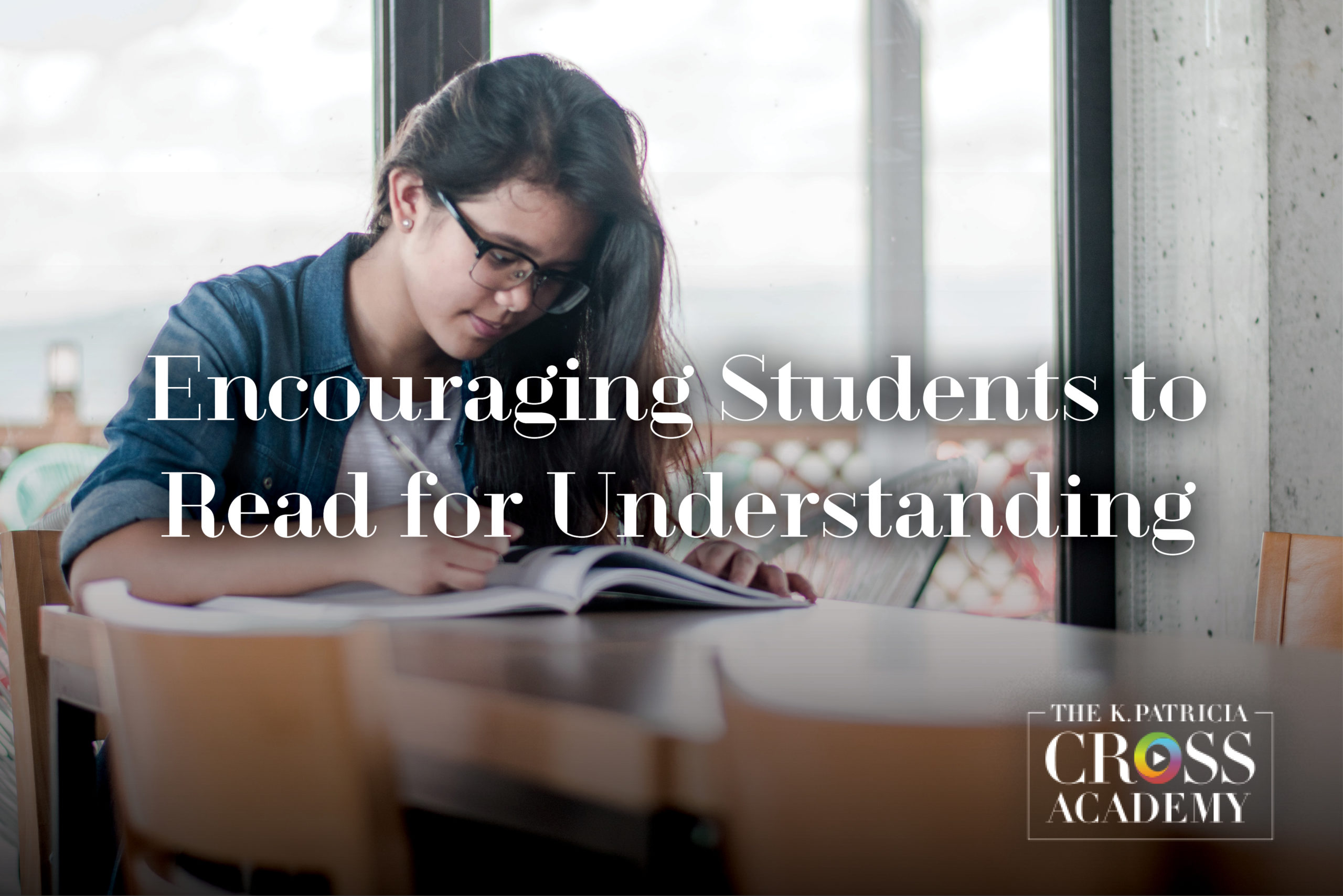
Reading is a fundamental skill that many of us take for granted, particularly in academia, yet it is essential to student success in and out of the classroom. However, as Thorndike wrote in 1917, reading can be as complex as solving a complex equation: Understanding a paragraph is like solving a problem in mathematics. It consists of selecting the right
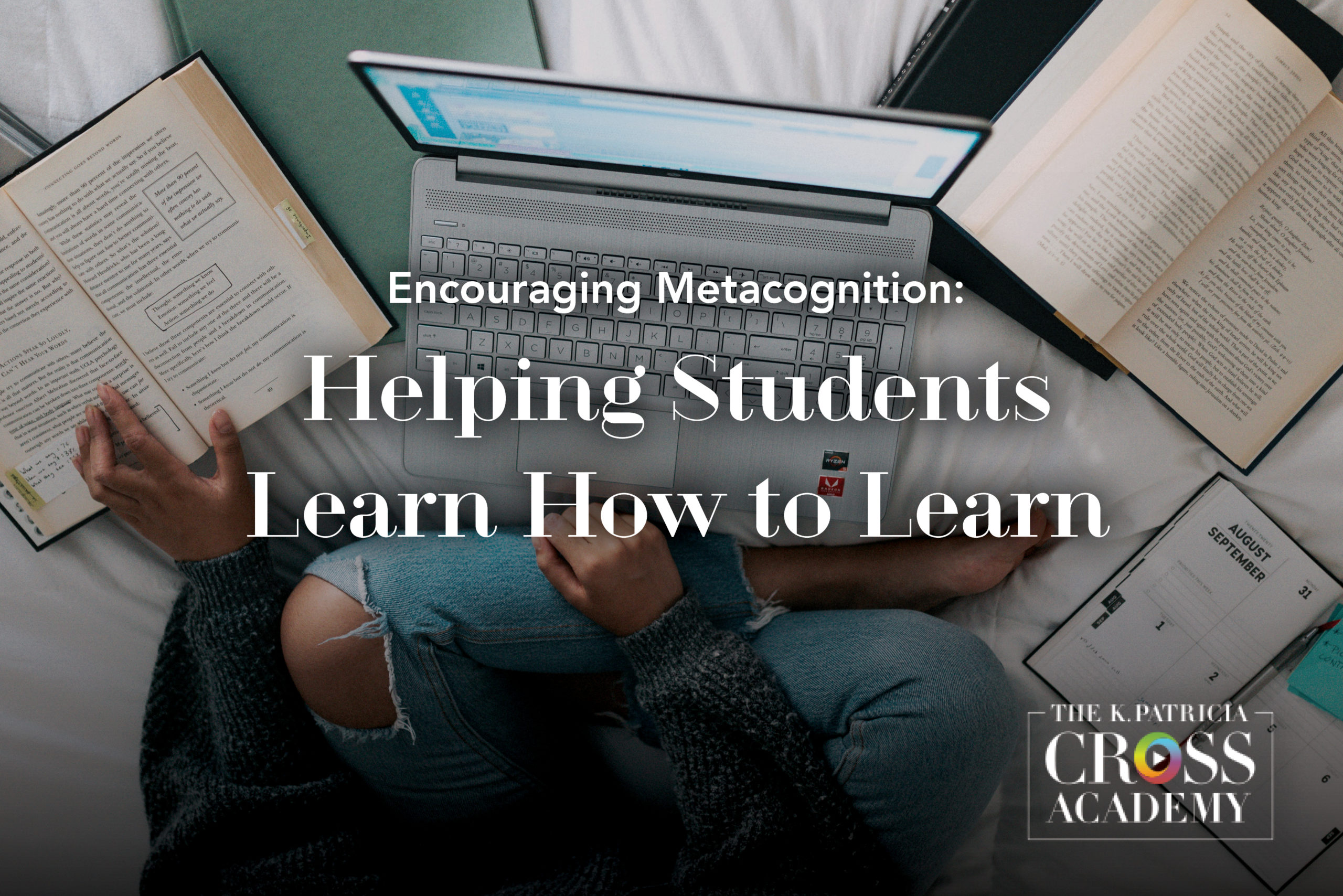
College and university students are regularly asked to learn a great deal of content and many skills in their courses, but the learning processes involved are rarely considered or managed on their own. For example, students can find it incredibly difficult to recognize learning gaps or misunderstandings when learning a new concept or process. They don’t always plan out their